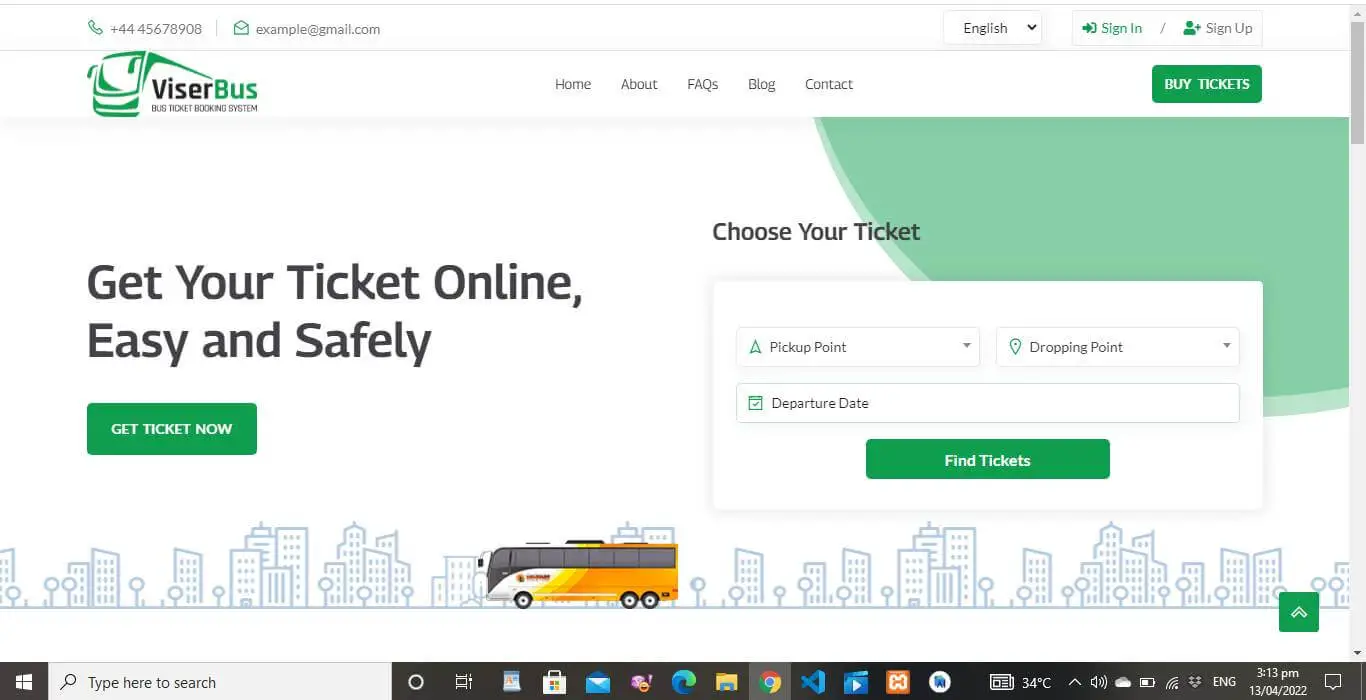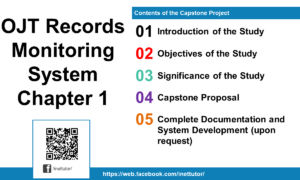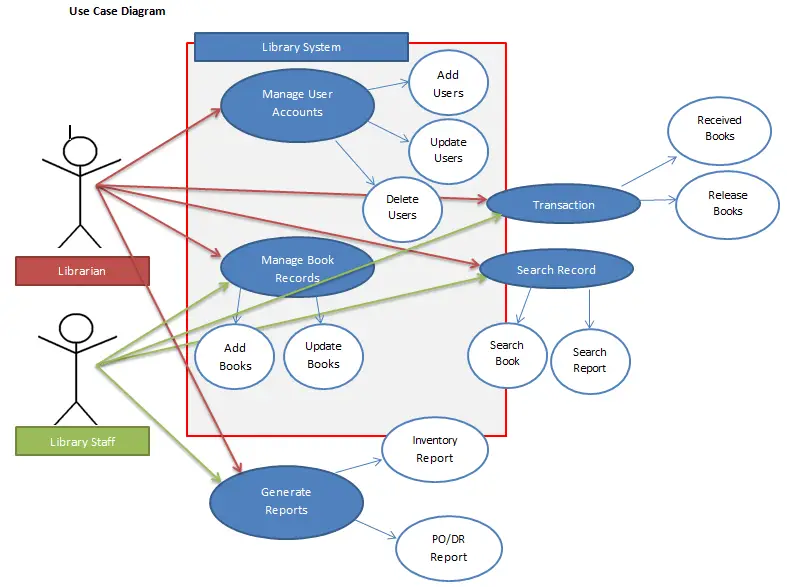Bus Reservation System Features
What is a Reservation System?
Table of Contents
The act of receiving and accepting reservations, schedules, and bookings for a particular business or activity is computerized and systematized using a reservation system. The manual processes of receiving calls, emails, and texts regarding reservations tend to be eliminated by this technology. Regarding reservations, this kind of operation would be time-consuming, expensive, and prone to error if carried out manually. It would also require a lot of paperwork and administrative records. They will be able to communicate reserve, update, monitor, and easily display some crucial information thanks to this system’s ability to store and track all the information needed for the reservation. By itself, technology will enable both end users to send and receive information swiftly, without mistakes, and in a way that is uniquely practical for handling such massive transactions. This platform will be operated online or over the web, making it simple for customers to transact and communicate with bookings based on their individual dates and schedules. The accessibility and timeliness issues that the end users ran through can also be resolved by this method. While admin can instantly notify the cancellation and the reservation of that particular client, customers can readily update, monitor, or cancel their reservation.
Readers are also interested in: Bus Booking System Database Design
Why Bus Reservation System is Important?
A bus reservation system is quite useful, especially in the modern world where everything is governed by technology and sophisticated instruments. The system would act as a common hub for managing bus and seat bookings for all bus companies. The bus transportation industry has overstepped its bounds and developed into a significant, expanding enterprise in this generation. Through the online website, this technique will allow commuters reserve a seat or bus alone, assisting management by encouraging creativity among their clientele. It is an online platform created with commuters, bus users, and bus company management in mind. Transactions would be simpler, quicker, and more practical using the aforementioned strategy for commuters and management. The technology would allow users to look up bus schedules, rates, and seat availability. Customers would use a credit or debit card to purchase tickets, and they would get an email or text confirming their reservation. Due to the implementation of the system, customers will also be able to monitor the progress of their bus tickets and get alerts if their bus is running late.

Project Highlights
The software to be used to build and run the system, such as specified programming language, is required for development of the Bus Reservation System. It should be mentioned that the system has features that are app compatible. The “Bus Reservation System” will be built by the researchers using the System Development Life Cycle (SDLC) technique, namely Laravel. The SDLC approach consists of many phases that result in the development of software, including the identification of the project’s needs, data collecting and analysis, design, and coding.
A database-driven technology called the Bus Reservation System will streamline the booking and reservation procedure for bus transportation services. It will facilitate the simple, quick, effective, and practical scheduling of appointments.
The Bus Reservation System has the following benefits:
Automated business process- The system will simplify the management and creation of service bookings and appointments for clients and service providers.
Records management- is a database system that makes electronic water bill records secure, precise, dependable, and quick.
Report Generation- The system creates and delivers reports of the bookings and appointments automatically.
Readers are also interested in: Bus Booking System ER Diagram

System Features
- Bus Routes Management – This function controls the bus’s travel routes. Admins can keep an eye on their bus routes, address their routing problems, and be mobile enough to be in the right place at the right time. The management could easily find the bus’s whereabouts and take appropriate action. Google Maps and other map locators no longer allow management to enter addresses. It simplifies bus transportation’s route operations.
- Rates and Tickets Update– It can be a burden for commuters to look for updates on bus costs for tickets, but thanks to the system’s capabilities, they can now stay informed about the current ticket prices and rates for this particular company bus. With a simple click and encoding the ticket pricing on the system, management conveniently and freely adjusts prices. Since everything will be clear to both end users thanks to this versatile feature, it is rather convenient for them.
- Bus Seat Reservation– Customers will be able to reserve bus seats using their devices because the technology is compatible with all kinds of devices. The system would allow users to look up bus schedules and fares as well as book seats. The system’s goal is to allow commuters to reserve seats as well, providing them the option and convenience to quickly board a bus. It does not stop at just allowing reservations for buses. This system will offer the commuters a solution, especially for those who are busy or early risers. They may quickly reserve a bus seat for the following day using the system’s full range of features.
- Payment Module Management – This functionality manages the admins’ payment methods as well as the commuters’ payment methods. Whether payments are made with cash or credit cards, they will all be calculated and collected in this module. Customers would pay for tickets using a credit or debit card, and because of the direct storage of payment transactions in this module, making inventory was made as simple as possible.
- SMS and Email Notification – The management can send and receive SMS and email notifications from the customers for additional information and other concerns. Commuters could easily keep an eye on their reservations because they could get management updates by SMS and email. The management can readily alert some reservations as well. Customers would get a text message or email confirmation of their reservation.
- Reports Module (booking reports, income reports, sales, inventory, etc) – Another module processes reports on bookings, income, sales, inventories, and other things. As a result, the management would use the system to monitor and manage their business. The system by itself offers numerous reports that can help the business grow while also saving them money because it largely takes care of every aspect of how the bus company runs.
- Customer Information Management – The system also contains a customer information module where users can manage sensitive customer data. The customer management module of a bus reservation system is responsible for storing customer data and managing customer bookings. This module allows the bus reservation system to keep track of who is booking what bus, and when. It also allows the bus reservation system to keep track of cancellations and changes to bookings.
- Mobile Application (Android, IOS)– The online bus reservation system feature, which supports mobile apps, will allow customers to reserve bus seats from their mobile devices. The system would allow users to look up bus schedules and fares as well as book seats. Customers would pay for tickets using a credit or debit card, and they would get email or text message confirmation of their booking. The system’s adoption would also allow customers to track the progress of their bus tickets and get alerts when their bus is running late.
- Customization– Because of its adaptability and user-friendliness, the system also allows for customization, allowing users to freely and effectively build their profiles.
Summary
The online bus reservation system would allow users to book buses from their mobile devices. The system would allow users to look up bus schedules and fares as well as book seats. Customers would pay for tickets using a credit or debit card, and they would get email or text message confirmation of their booking. The system’s adoption would also allow customers to track the progress of their bus tickets and get alerts when their bus is running late. The manual processes of receiving calls, emails, and texts regarding reservations tend to be eliminated by this technology. Regarding reservations, this kind of operation would be time-consuming, expensive, and prone to error if carried out manually. It would also require a lot of paperwork and administrative records. Through the online website, this technique will allow commuters reserve a seat or bus alone, assisting management by encouraging creativity among their clientele. It has a variety of platforms or features, including management of bus routes, rate and ticket updates, bus seat reservations, management of payment modules, SMS and email notifications, reports module (booking reports, income reports, sales, inventory, etc.), management of customer information, and mobile application (Android, iOS). The researchers will build the “Bus Reservation System” using the System Development Life Cycle (SDLC) technique, mostly using the Laravel framework. The SDLC approach consists of many phases that result in the development of software, including the identification of the project’s needs, data collecting and analysis, design, and coding.
You may visit our Facebook page for more information, inquiries, and comments. Please subscribe also to our YouTube Channel to receive free capstone projects resources and computer programming tutorials.
Hire our team to do the project.


